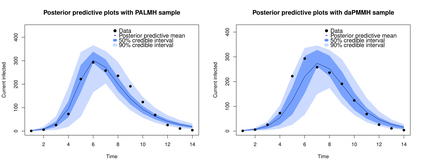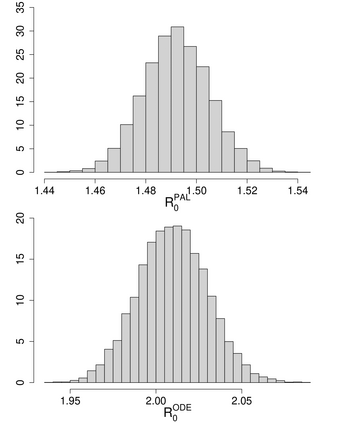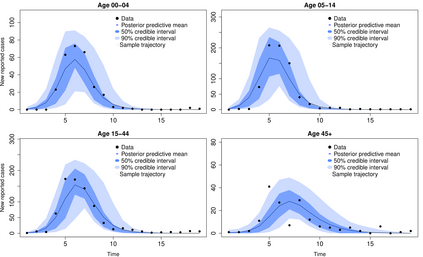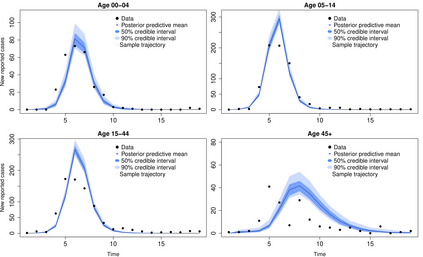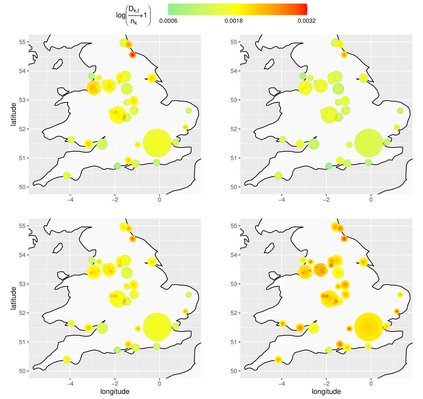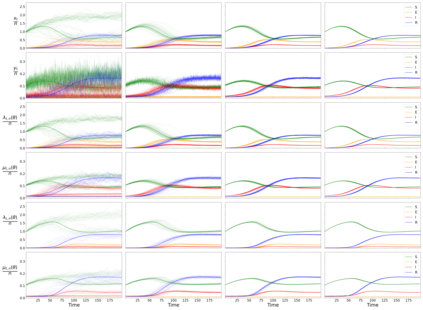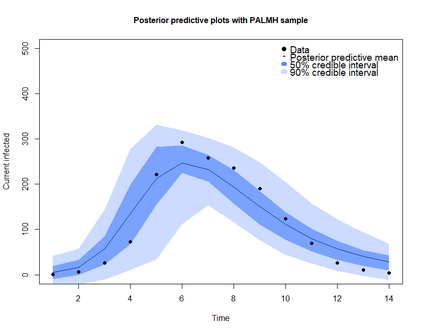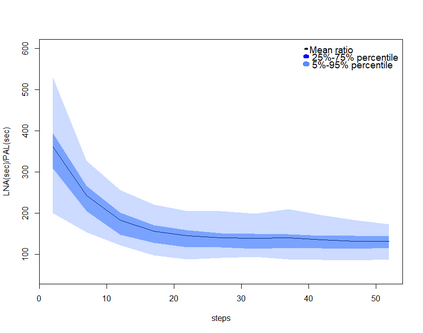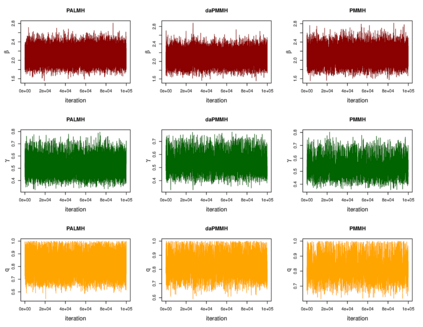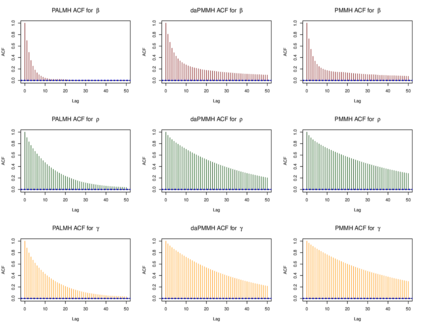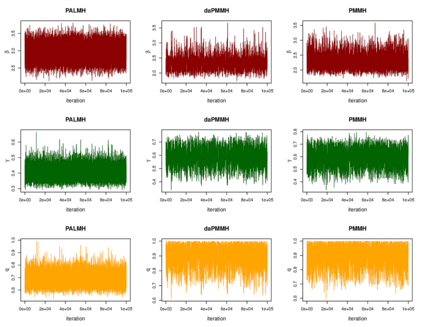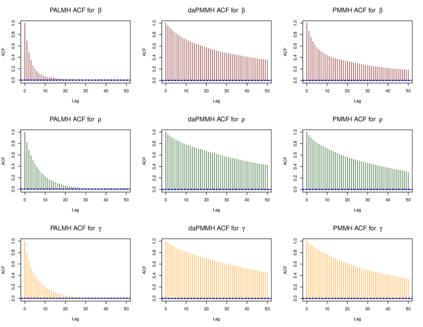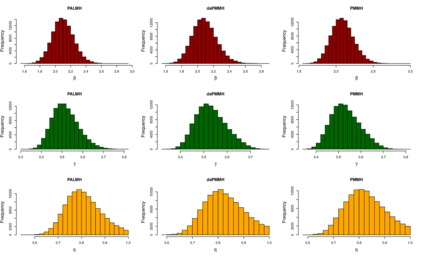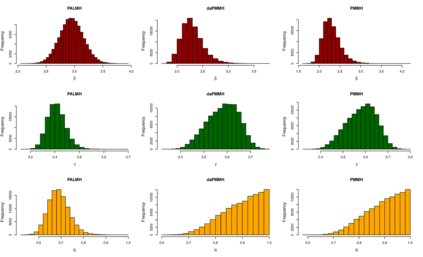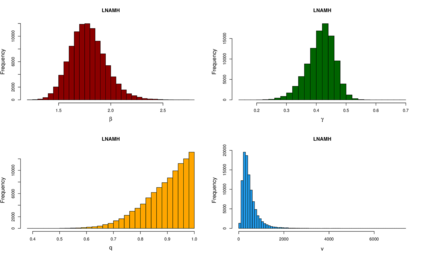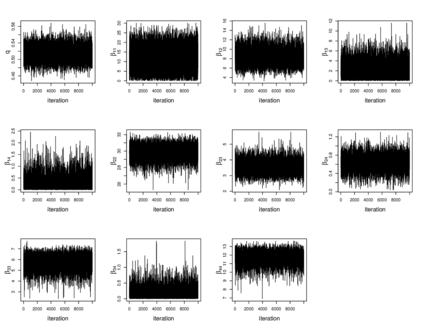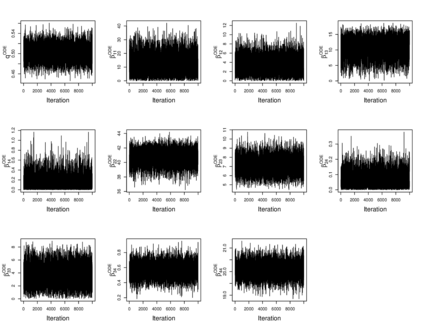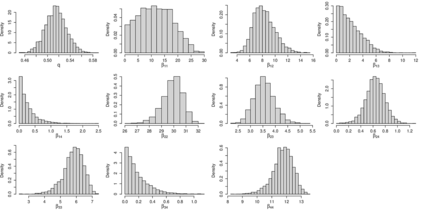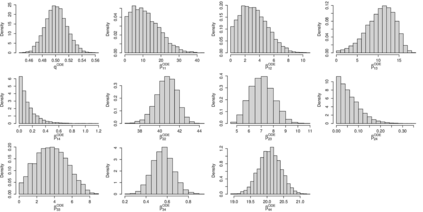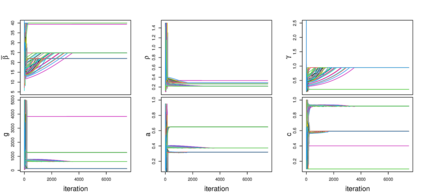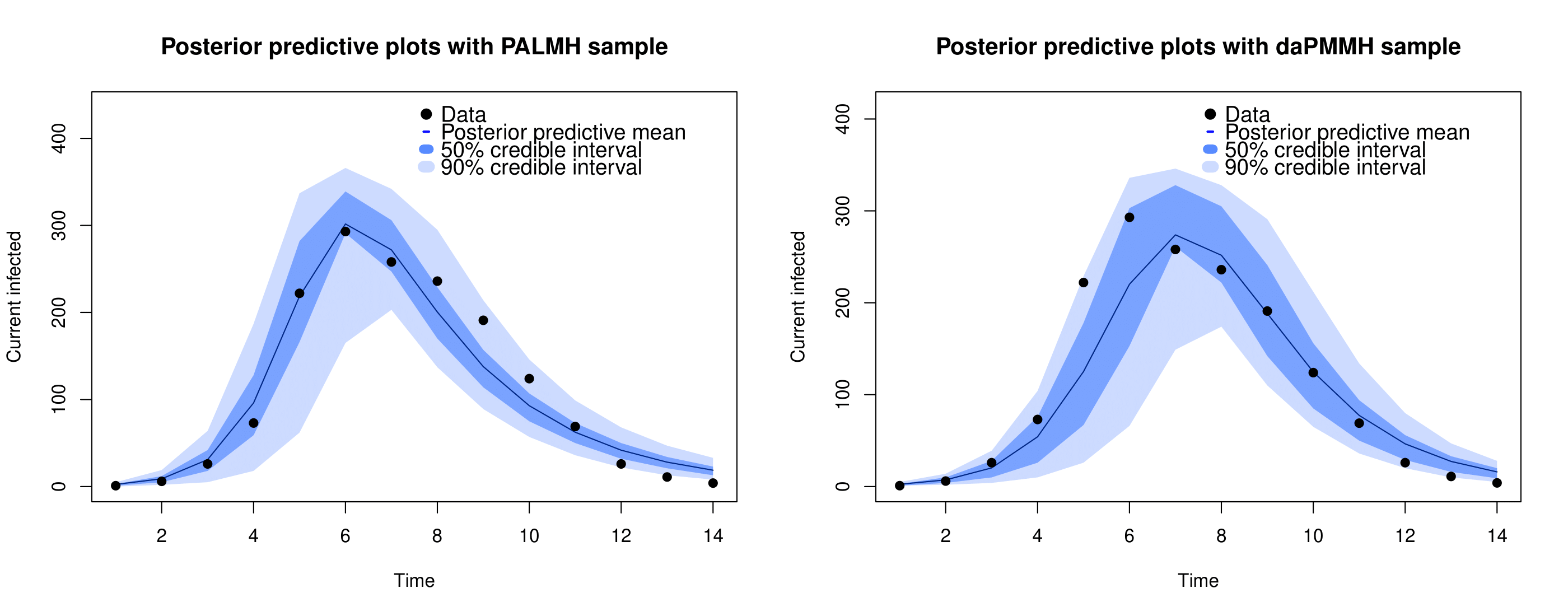Addressing the challenge of scaling-up epidemiological inference to complex and heterogeneous models, we introduce Poisson Approximate Likelihood (PAL) methods. PALs are derived from approximate filtering equations for finite-population, stochastic compartmental models, and the large population limit drives the consistency of maximum PAL estimators. Our theoretical results appear to be the first likelihood-based parameter estimation consistency results applicable across a broad class of partially observed stochastic compartmental models concerning the large population limit. Compared to simulation-based methods such as Approximate Bayesian Computation and Sequential Monte Carlo, PALs are simple to implement, involving only elementary arithmetic operations and no tuning parameters; and fast to evaluate, requiring no simulation from the model and having computational cost independent of population size. Through examples, we demonstrate how PALs can be: embedded within Delayed Acceptance Particle Markov Chain Monte Carlo to facilitate Bayesian inference; used to fit an age-structured model of influenza, taking advantage of automatic differentiation in Stan; and applied to calibrate a spatial meta-population model of measles.
翻译:应对扩大复杂和多样化模型流行病学推断的挑战,我们引入了Poisson Apbearal Liblishood(PAL)方法;PAL来自有限人口、随机隔间模型的近似过滤方程式,而人口大限驱动了最大PAL估计器的一致性。我们的理论结果似乎是适用于一个广泛类别、部分观测到的关于大人口限值的局部分包模型的首个可能性参数估计一致性结果。与Appear Bayesian Compation和Acential Monte Carlo等基于模拟的方法相比,PAL是简单的实施方法,仅涉及基本算术操作和无调试参数;快速评估,不需要模拟模型,计算成本独立于人口规模。我们通过实例表明PAL可以如何:嵌入延迟接受的Pocl Markov Conx Monte Carlo,以便利Bayesian的推断;利用斯坦的自动差异,用于适应一个年龄结构的流感模型;以及用于校准麻疹的空间元人口模型。

